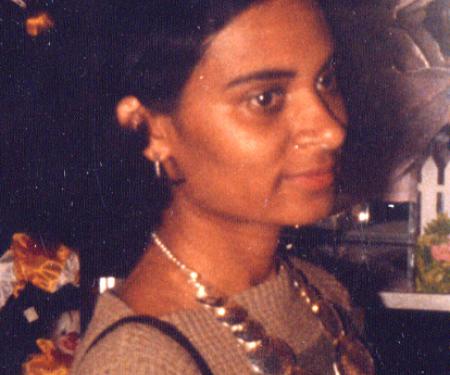
DO Indo-Guyanese still write? This is the question I ask myself as I reflect on the fact that this year marks 100 years since the abolition of Indentureship.
Many decades of our ancestors leaving hardships at home, for hardships on the seas and in a new land. Plantation life. A second slavery. Last names are slowly turning white. Indian languages drying up in the Caribbean sunlight. The Ramlila circle shrinks smaller and smaller until it is no longer visible. The descendants ascend to presidencies. The descendants descend to prisons. So much has come and gone. So much has happened. Caribbean literature has happened. Guyanese literature has happened. Indo-Guyanese have helped, but now, have they stopped helping?
DO INDO-GUYANESE STILL WRITE?
Of course, people of Indian descent once wrote – seminal, important works – and the history of Caribbean literature has ensured that their names are preserved for us: Mahadai Das, Cheddi Jagan, Laxmi Kallicharran, Peter Kempadoo, etc. Then there are those who still write – David Dabydeen, Raywat Deonandan, Rajiv Mohabir, Gaiutra Bahadur and others – but they all belong to the diaspora. In a strange way, it almost seems as if Guyana remains isolated, itself barren in the way the Indo-Guyanese population within it, for the most part, seems unable or unwilling to engage in the literature-making process, while all around Guyana, whether from the perspective of time and history (the literature of our first Indo-Guyanese writers are still read and studied), from the perspective of geography (writers who live in the diaspora still write about things “Guyanese” and are still very much read and studied), writing continues to flourish. It is almost as if the roots of a tree has died and is no longer functional, but, in a strange way, the leaves and stems of the tree remain green and alive. Why are there so few Indo-Guyanese people who are writing in contemporary Guyana?
At this juncture, it is important to make it clear that I am very much aware of the existence of those few writers of East Indian descent who live in Guyana and still continue to write here. Ryhaan Shah, Imam Baksh, and myself, for example. Vidyaratha Kissoon has an interesting blog series. Nirmala Narine and Cindya Khellawan both won prizes at last year’s Guyana Jubilee Literary Competition. Every so often, I look in on the National School of Theatre Arts and Drama’s Playwriting class or one of the Creative Writing classes and I see Indo-Guyanese people. There are others. This is well and good, but it does not hide the fact that the East Indian presence in contemporary writing is still not being felt as being particularly strong.
Some might use a few examples of East Indian people who have written to argue that there is a strong branch of young, contemporary East Indian writers in Guyana, but would that really be true? Do a few dedicated writers indicate a solid indication of the strength of the East Indian writing-presence within a community such as Guyana, one which thrives on its diversity and the existence of multiple types and genres (Social Commentary, Religious, etc.)? How many writers can proponents of such an argument regard as those who seek to develop a career in writing? How many contemporary writers of Indian descent have even tried to make their writing more than a passing phase or a hobby that becomes active only during leisure? Do most of them even want to? How many Indo-Guyanese writers will overlook a career society deemed as appropriate in order to chase down a dream of doing what they love: writing – if they do love it? There’s no denial of the fact that today most young people, regardless of ethnic background, do not want to be writers. However, within the tiny component of people who do, East Indians might actually factor in as the smallest contingent. Why is this a problem? What exactly is being lost when this happens? Those are the questions that need to be addressed when the importance of contemporary East Indian writing comes up.
There are many pockets of information that the contemporary East Indian writing can tap into, in much the same way that all writers throughout all of time have used their environments and cultural and historical knowledge of their environments in order to create works of literature. The contemporary East Indian writer is best suited to relate the place of Indo-Guyanese in modern Guyana, from a poetic, fictional or dramatic perspective. The closure of the sugar estates, the complicity Indians in race-based politics, the loss of Indian culture, second migration to the North and contributing to the existence of the huge Guyanese diaspora, the relationship between religion and suicide, the hopes and dreams of contemporary Indo-Guyanese youth. The list of subjects goes on and on. If Indian people do not begin to see writing as a vital form of expression that should be pursued then there is much to be lost, not only for the East Indian community but for Guyana as a whole.



.jpg)








